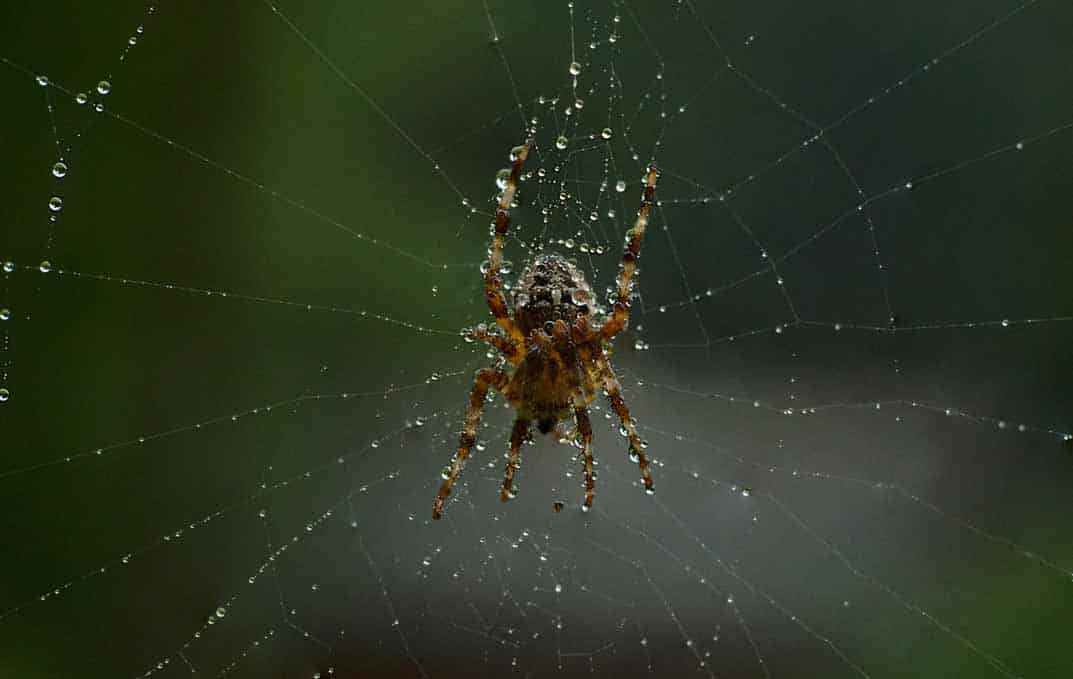A sudden sharp sting on your arm or leg can be alarming. Could it be a spider bite? Many people panic at the thought of venomous spiders, but most spider bites are harmless and heal quickly. Still, it’s essential to know how to identify a possible spider bite, what first aid steps to take, and when to see a doctor.
Here at Wake Pest, we primarily help with pest prevention and removal, but we also understand that spider safety goes hand in hand with spider control.
Common Spider Bite Symptoms
Contrary to popular belief, spider bites often look similar to other insect bites. A small, red, sometimes itchy or painful bump may appear. In many cases, you might not even realize a spider is responsible.
Typical Spider Bite Indicators:
- A red, swollen bump
- Mild itchiness or irritation
- Possible small puncture marks (though these can be hard to see)
These symptoms usually subside within a day or two. Applying a cold compress and keeping the area clean can help.
Venomous Spider Bites to Watch For
In North Carolina, the black widow (Latrodectus mactans) and the brown recluse (Loxosceles reclusa) are the main spiders of medical concern. Brown recluses are less common in Raleigh but still worth mentioning.
- Black Widow Bite: Can cause intense pain, muscle cramps, and in some cases, systemic reactions like nausea or difficulty breathing. The bite site may show two red fang marks.
- Brown Recluse Bite: Often described as painless at first, but can develop into a blister and later a necrotic lesion in severe cases. Systemic reactions may include fever, chills, or rash.
Immediate First Aid Steps
If you suspect a spider bite—whether venomous or not—there are a few general first aid measures you can take:
- Wash the Area: Gently clean the bite with soap and water to reduce infection risk.
- Apply a Cold Compress: A clean cloth with ice can help minimize swelling and pain.
- Elevate If Possible: If the bite is on an arm or leg, keeping it elevated can reduce swelling.
- Over-the-Counter Pain Relievers: Ibuprofen or acetaminophen can help with discomfort.
These steps are generally enough for most spider bites. But if you see signs of a more serious reaction, it’s time for medical evaluation.
Warning Signs: When to Seek Medical Help
While most spider bites don’t require a trip to the ER, venomous bites or severe reactions do happen. Seek medical help if you notice:
- Severe Pain or Cramping: Especially if it spreads from the bite site to other areas.
- Necrosis (Tissue Damage): An ulcer forming at the bite site, turning black, or getting significantly worse over 24-48 hours.
- Nausea, Vomiting, or Fever: Can indicate systemic involvement of spider venom.
- Difficulty Breathing or Muscle Spasms: May suggest black widow envenomation.
- Allergic Reactions: Hives, swelling in the face or throat, or trouble breathing. Although rare for spider bites, it’s not impossible.
In these scenarios, call your doctor or go to the nearest urgent care or emergency room. If you can safely catch or photograph the spider without risking further bites, that information can help medical professionals identify the species and provide appropriate treatment.
Preventing Spider Bites
Minimizing spider encounters is the best way to prevent bites. Here’s how:
- Shake Out Clothing and Shoes: Especially if they’ve been stored in basements, garages, or outside.
- Wear Gloves: When handling firewood, moving boxes, or working in dark corners of sheds.
- Keep Your Home Clutter-Free: Fewer hiding spots means fewer surprise spider encounters.
- Seal Cracks and Gaps: Use caulk or weather stripping to keep spiders outside where they belong.
Myths About Spider Bites
There’s a lot of misinformation out there. Let’s dispel a couple of common myths:
- Myth: “Spiders always bite when they land on you.” Truth: Spiders usually only bite when trapped or threatened. They have no reason to bite otherwise.
- Myth: “All spider bites lead to necrotic wounds.” Truth: Necrosis is commonly associated with brown recluse bites, but even then, severe tissue damage is relatively rare.
Understanding these facts can help reduce unnecessary panic if you suspect a spider bite.
Wake Pest’s Role in Spider Safety
While we’re not medical professionals, our job is to reduce the risk of spider encounters in your home and yard. Here’s how we can help:
- Inspection and Identification: We’ll locate any spiders or webs, including potential venomous species, and advise on safe removal.
- Targeted Treatments: We use methods that aim to reduce spider populations while minimizing harm to beneficial insects and the environment.
- Prevention Strategies: From sealing entry points to yard maintenance tips, we offer guidance tailored to your property.
Quick Stats
- According to the CDC, most spider bites in the U.S. are harmless.
- Black widow spiders are found throughout North Carolina but generally avoid humans unless threatened.
- Brown recluses are more common in the Midwest and parts of the South, but sightings in Raleigh are relatively rare.
Closing Thoughts
Spider bites can be scary, especially if you’re not sure what bit you. However, the vast majority of bites don’t lead to severe complications. Knowing the basic signs of a normal vs. concerning reaction can help you stay calm and make informed decisions about your health. Remember, proper first aid and prompt medical attention when needed are your best defense against complications.
Of course, the best bite is the one that never happens. That’s why we encourage you to take steps to minimize spider presence around your home and yard. If you’re dealing with repeat spider sightings or just want extra peace of mind, our Wake Pest team is always here to provide comprehensive, family-friendly solutions. We believe that by combining awareness, prevention, and professional support, you can enjoy a home where spider bites are a rarity—not a worry.

